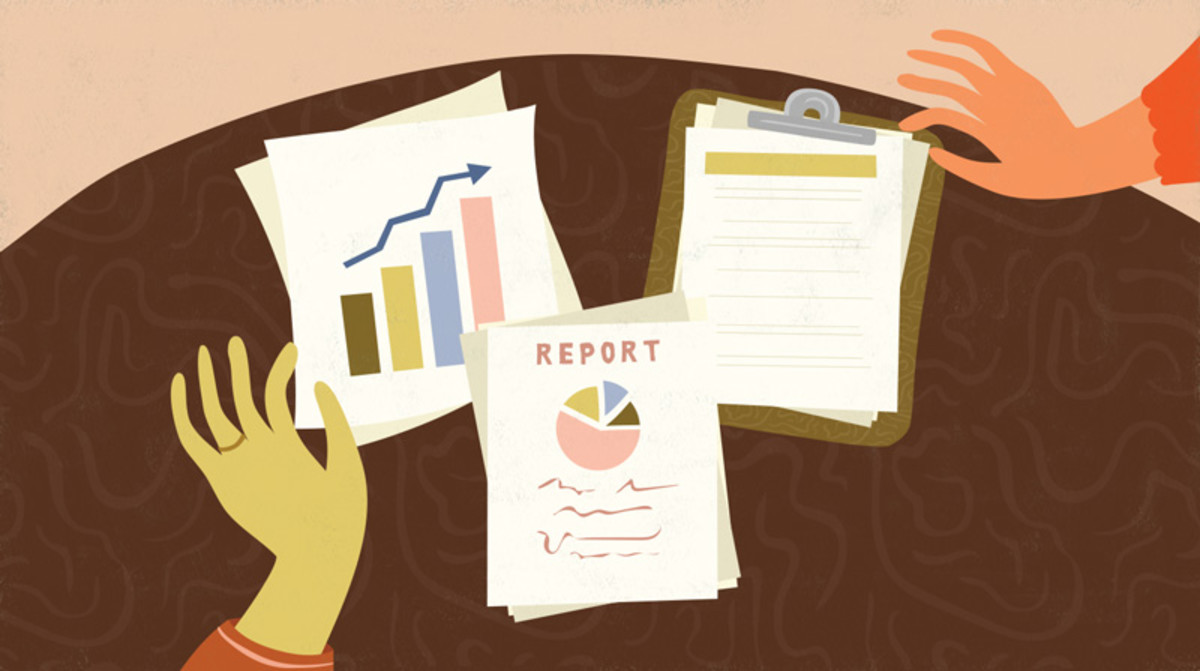How to Write A Business Report that Decision Makers will love.
Writing a business report

How to write a business report in a standard format
In business, it is a necessary skill to know how to write a business report effectively for communicating ideas in the business environment and to provide information to the decision-makers within the organization to support them in their work. Writing a business report is not always an easy job unless you know about the standard structure of a business report. The information provided in the report need to be easy to find, and placed in such a manner that the readers for whom the report is meant need not take the trouble to read the whole report to comprehend the gist of the matter. This is one reason why a business report is divided into sections clearly categorized with headings and sub-headings. Normally most of the senior managers actually do not have enough time to go through the full report and they read those parts of the report only which interest them. Most of the times, they read the summary, recommendations and conclusion parts of the report. However, there are some readers, particularly the specialists, who may need to go into the details included in the report. The basics of writing a business report is, you will have to keep in view that the readers mainly expect two things in the report – first, it should be clearly written so that they can understand the report easily and second, the information they need should be at the usual place where it should be so that they are not to hunt for them. It is, therefore, clear that for writing a business report you need to follow a conventional business report format as to which information goes where in the body of the report. Now the question is what the standard convention is and how to write a business report in the conventional format. The typical sections of structure of a business report are given below:
Title Page
The title page would normally include the Title, Author's name and date of submission. When the report is a short one the title may simply be the front cover with a caption on it.
However, in a long report the 'Title page' should also include a 'Table of Contents' i.e. the list of numbered sections in the report and their page numbers.
Executive Summary
The executive summary of the business report should give a clear and brief account of the key points of the report, methods of the analysis, findings and concluding recommendations. You should write this section as if it were a self contained document so that, if required, the senior managers who may not have enough time to go through the full report can get a clear understanding of the main points by going through the summary only. While writing this section, do not copy any portion of the report itself, which may not work well.
Introduction
This section actually is the beginning part of the report proper. In this part you are to explain to your readers about the background of presentation of the ‘main subject’ of the report and the reasons of its importance to them. Here in this section also mention about the terms of reference and outline of the report structure.
Main Body of the report
This is actually the central part of your report. This part of the business report format may contain several sections and sub-sections with separate subtitles. This is the exclusive part of your report which probably will be read by the experts. Here you are to provide information on method of data collection (if applicable), the detail facts and information about the problem in hand with your observations and explanations on your findings, arranged in order of priority. In this part you may also wish to discuss about the significance of your findings with supporting information in the context of your final recommendations.
Conclusions
In this concluding section you are to explain regarding the logical inference flowing from your detail examination of the problem in hand. Your explanations may also contain few options for the way forward. This section has its own importance since it is likely to be read by many people and the decision makers.
Recommendations
Here in this section you are to come up with your well thought out recommendations in order of priority to tackle the problem taken up in the report. While suggesting your recommendations you need not hesitate or feel shy to express your genuine opinion, which is supposed to be based on your detail investigations of the subject problem from various angles with supporting information already provided under ‘body of the report’.
Reference List
Here you are to provide the list of reference materials consulted while preparing the report.
Appendices
Any special information supporting the arguments put forward in the main report which the specialists may like to refer should go under this section as an appendix. However, if some essential details are required to strength your contention the same should be included in the main body.
To conclude
At the end it needs to be remembered in connection with structuring the business report format that the readers generally do not like to hunt for the information they want in the report and they are always at ease to go through a report where they find the information in their usual places. It is my strong belief that more you make searching for information in the report difficult for your readers, it is more likely they would ignore your report or rarely give time to read it. It is, therefore, my suggestion that you should follow the following basic rules of how to write a business report, in order to make your company report more reader friendly:
- Divide the report in typical sections namely title, summary, introduction, main body, conclusion, recommendations and appendices in line with the generally accepted format for a report;
- Arrange your information under each section in a reasonable manner by putting them in order of priority;
- Follow the standard conventional structure of a business report as to which information goes where in the body of the report so that the readers are at ease to go through the report;





